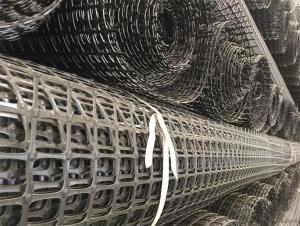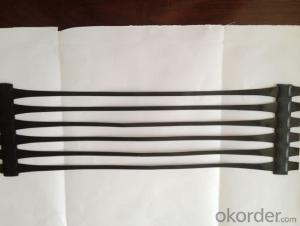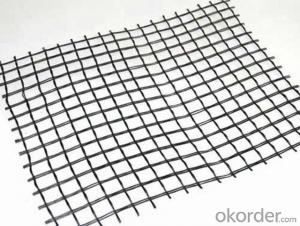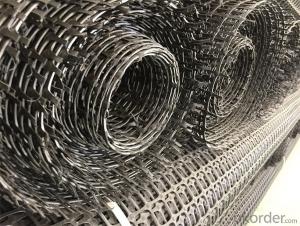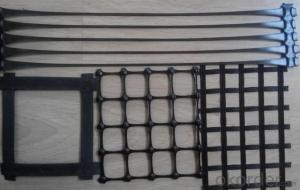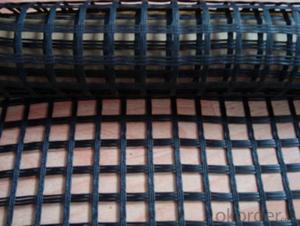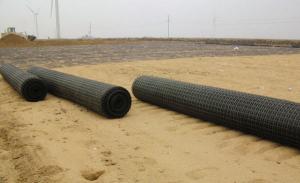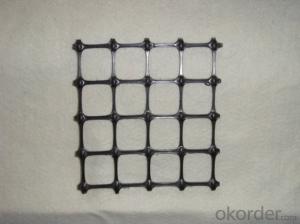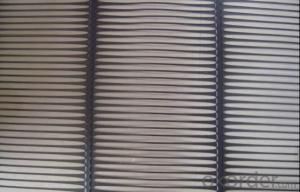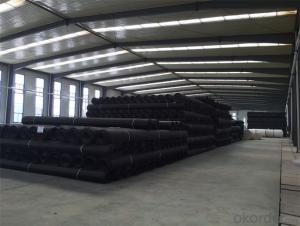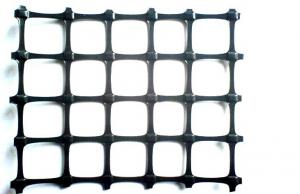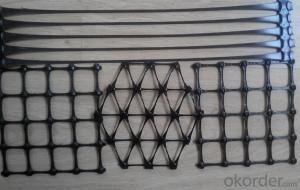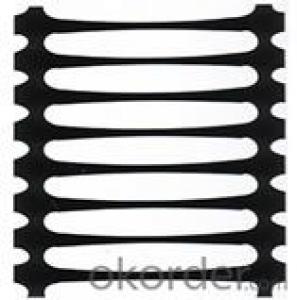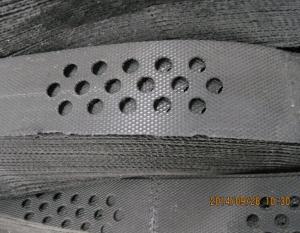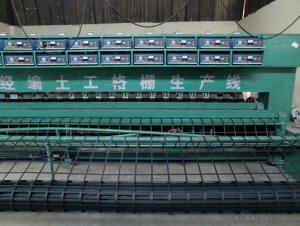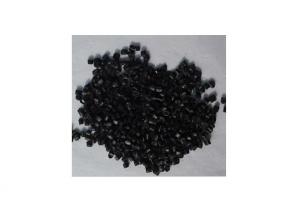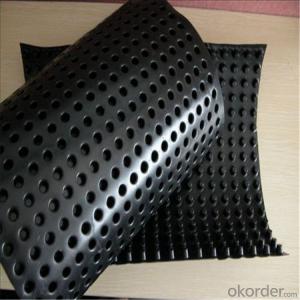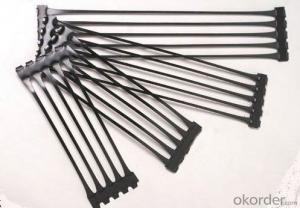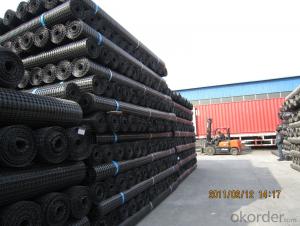Hdpe Uniaxial Geogrid
Hdpe Uniaxial Geogrid Related Searches
Geogrid Machine Best Geogrid Geogrid Under Concrete Geogrid Fabric Cost Geomembrana Hdpe 1 Mm Precio Geogrid Cost Per Square Foot Woven Geogrid Geogrid Grass Pavers Grass Geogrid Cheap GeogridHot Searches
Geogrid China Geogrid Mesh Price Geogrid Fabric Price Geogrid Roll Price Geogrid Price List Tensar Triax 160 Geogrid Price Tensar Ss40 Geogrid Price Tensar Tx160 Geogrid Price Triax Geogrid Price Geogrid Price Tx160 Geogrid Price Geogrid Fabric Home Depot Plastic Flower Buckets Wholesale Wholesale Plastic Hanging Baskets Plastic Planter Liners Wholesale Tensar Type 2 Geogrid Type 2 Geogrid Home Depot Geogrid Geogrid For Sale Tensar Triax 160 Geogrid PriceHdpe Uniaxial Geogrid Supplier & Manufacturer from China
Okorder.com is a professional Hdpe Uniaxial Geogrid supplier & manufacturer, offers integrated one-stop services including real-time quoting and online cargo tracking. We are funded by CNBM Group, a Fortune 500 enterprise and the largest Hdpe Uniaxial Geogrid firm in China.Hot Products
FAQ
- The maintenance requirements for geogrid-reinforced structures typically involve regular inspections to check for any signs of damage or degradation. This includes assessing the condition of the geogrid, ensuring proper connection between the geogrid and the surrounding materials, and monitoring any settlement or movement of the structure. Additionally, vegetation management is important to prevent root intrusion which can compromise the integrity of the geogrid. Regular cleaning and clearing of debris is also necessary to maintain the functionality and lifespan of geogrid-reinforced structures.
- Yes, geogrids can be used in the reinforcement of embankments on collapsible soils. Geogrids provide additional stability and strength to the embankment, helping to prevent soil collapse and reduce potential settlement. By distributing loads more evenly, geogrids can effectively reinforce the embankment and improve its overall performance on collapsible soils.
- Geogrid specification TGSG40-40 what meaning
- All kinds of plastic geogrid, steel plastic composite geogrid, glass fiber geogrid, warp knitted polyester geogrid, geotextile composite geomembrane, bentonite waterproof blanket, a new 3D Geomat, geocell and other engineering materials.
- Yes, geogrids can be used in soil stabilization for airport runways. Geogrids are commonly used to reinforce and stabilize soil in various engineering applications, including airport runway construction. They provide increased strength and stability to the soil, preventing it from shifting or settling under the weight of aircraft and heavy loads. Geogrids can improve the overall performance and longevity of airport runways by enhancing their load-bearing capacity and reducing the risk of pavement failure.
- Yes, geogrids can be used in soft soil conditions. Geogrids are often used in such conditions to improve the stability and load-bearing capacity of the soil. They are designed to provide reinforcement and prevent soil movement, making them an effective solution for soft soil conditions.
- Geogrids improve the performance of geotextile sediment retention tubes by providing additional structural support and stability. They reinforce the geotextile fabric, preventing it from sagging or collapsing under the weight of sediment and water pressure. This reinforcement helps the tubes maintain their shape and integrity, enhancing their effectiveness in retaining sediment and preventing erosion.
- Yes, geogrids can be used in the reinforcement of underground stormwater detention systems. Geogrids are commonly used to provide stability and enhance the load-bearing capacity of soil and aggregate materials. In the case of underground stormwater detention systems, geogrids can be installed to reinforce the walls and base of the system, preventing soil erosion and maintaining the structural integrity of the system.
- Installation damage can have a significant impact on the performance of geogrids in long-term applications. Damage during installation, such as improper handling, stretching, or tearing, can reduce the structural integrity of the geogrid. This can result in decreased load-bearing capacity, reduced soil confinement, and potential failure of the geogrid system over time. It is crucial to ensure proper installation techniques and quality control measures to minimize installation damage and maintain optimal geogrid performance in long-term applications.

